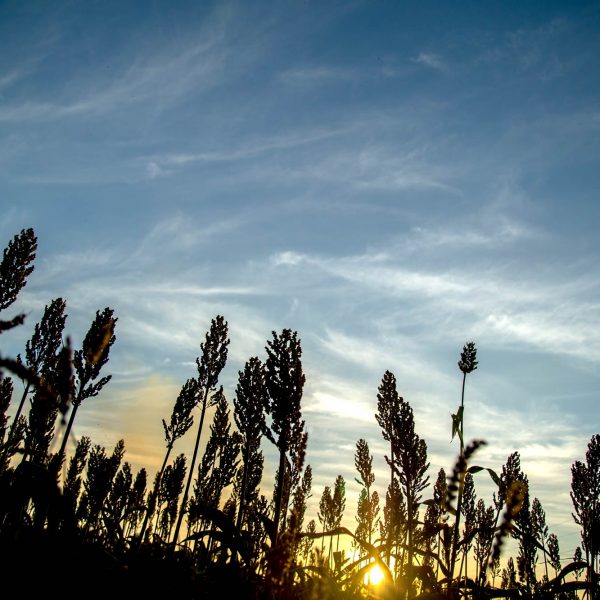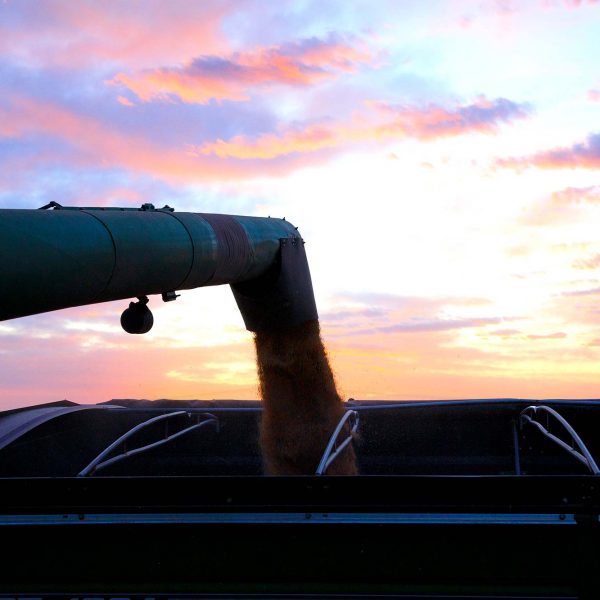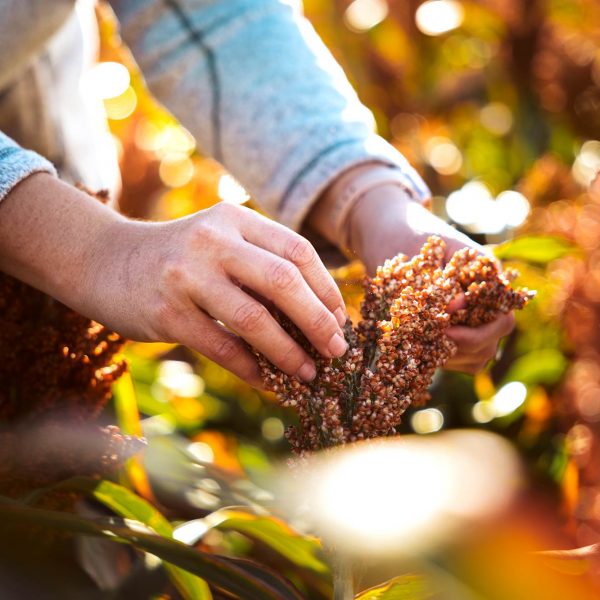Late Fall and Early Winter Weed Control Prior to Sorghum Planting
Written by Dr. Brent Bean
In order to store soil moisture prior to spring planting of grain sorghum, it is critical to control weeds during the winter months. This is best achieved with a combination of soil residual herbicides and products that control weeds that have already emerged. The most common winter weeds are marestail, prickly lettuce, Canadian thistle, henbit and numerous mustard species in addition to several winter grasses. Although kochia is not considered a winter weed, it is increasingly a problem in the late winter.
Atrazine is a critical yet inexpensive herbicide that should be included in most winter weed control programs. When applied in the winter months, when soil temperatures are cool, the length of residual weed control is extended — often lasting up to spring planting time. The rate used can vary from 0.5 to 2.5 lbs. per acre, depending on soil type. However, a total of 2.5 lbs. is the maximum amount of atrazine that can be applied in a calendar year. Keep in mind that some atrazine will likely need to be applied as a pre-emergent herbicide prior to crop emergence to give in-season sorghum weed control. Also, atrazine cannot be used on sandy soils.
In research conducted by Dr. Curtis Thompson, while at Kansas State University, there was very little advantage in mixing other herbicides with atrazine for residual control, at least if kochia was the targeted weed. Later in the season if kochia has emerged, mixing atrazine with fluroxypyr, or even a three way mix that includes either dicamba or 2,4-D, will broaden the spectrum of broadleaf weed species controlled.
Marestail control is much easier when herbicides are applied when in the small rosette stage rather than larger marestail later in the year. Atrazine mixed with 2,4-D or dicamba will give good control of small marestail and provide residual control of later germinating seed. Sharpen is also effective in controlling marestail, but should be tank-mixed with 2,4-D, dicamba, atrazine or glyphosate to prevent regrowth. Although atrazine has some post emergence activity, it is much more effective on emerged weeds with the addition of 2,4-D or dicamba.
If winter grass species are also present, adding glyphosate to the tank mix will be needed.
Growers should keep in mind that weed control will be reduced, or at least slowed, if temperatures are below 60F when most herbicides are applied. Between 40 and 60F herbicides can be applied but expect control to be slow. Cloudy days will also slow control of systemic herbicides like 2,4-D, dicamba, fluroxypyr and glyphosate. Paraquat is increasingly used as a burn down herbicide and will have its highest activity under clear skies with an abundance of sunlight.




